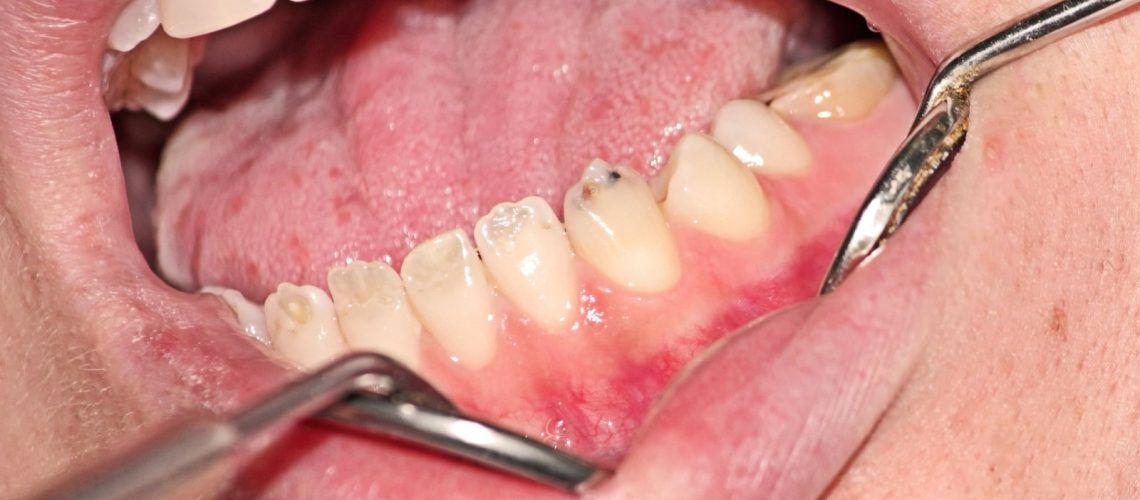We all like to believe that our oral health is under our control and that we can avoid gum disease and dental decay. This is true for many people, as maintaining a regular dental hygiene routine will help keep these concerns at bay. When you add regular twice-a-year visits to the dentist to this list, it’s almost guaranteed your smile will be beautiful for years. However, when living with a genetic condition like dentinogenesis imperfecta, protecting your smile becomes more complicated. Kids World Pediatric Dental is here to help you protect your child’s smile from anything that threatens it.
Identification and Care Of Dentinogenesis Imperfecta
Dentinogenesis imperfecta is a genetic condition that impacts how our teeth develop and grow. The outer layer of our teeth is comprised of a resilient substance known as enamel. This layer covers a porous, yellow substance known as dentin that supports the enamel and separates it from the fleshy pulp. The pulp is the part of our tooth that contains the nerves, blood vessels, and living tissue of the tooth.
Dentinogenesis imperfecta, or DI, reduces the strength of our enamel and can cause the tooth to become discolored. It can also cause our enamel to become translucent, which contributes to color changes. Those living with dentinogenesis imperfecta may only experience symptoms in their primary teeth or appear in both the adult and primary teeth. Some patients even experience these symptoms solely in their adult teeth. In severe cases, patients with DI may lose the enamel on their teeth within weeks of their erupting.
DI comes in three different classifications:
- Class I – When the patient is also living with osteogenesis imperfecta, the dentinogenesis imperfecta is considered part of this class. Both of these conditions cause brittleness, osteogenesis imperfecta in the bones, and DI in the teeth.
- Class II – This is the most frequently seen class of dentinogenesis imperfecta and alters the growth and development of both the baby teeth and the adult teeth. Dental discoloration is most common in patients living with class II DI.
- Class III – Those living with Class III DI will see the crowns of their teeth erode with alarming rapidity. As these chewing surfaces of the teeth break down, the pulp beneath is revealed to be an opalescent amber that is round and smooth. It’s also common for the root canals and pulp chambers in the tooth to be larger in these patients.
There is no cure for this condition, but there are steps that can be taken to protect the teeth from damage. Among these treatments are fluoride treatments and dental sealants. Both of these approaches serve to strengthen the teeth and defend them from damage and decay.
Contact Kid’s World Pediatric Dental To Learn More
Our team works to help our patients maintain strong and beautiful smiles for a lifetime. If your child is struggling with complex dental health issues, see us today in San Antonio, TX, or give us a call at (210) 787-1200 to schedule an appointment in San Antonio, TX. We’re here to help you and your family overcome your greatest dental challenges and live life with a great smile!

